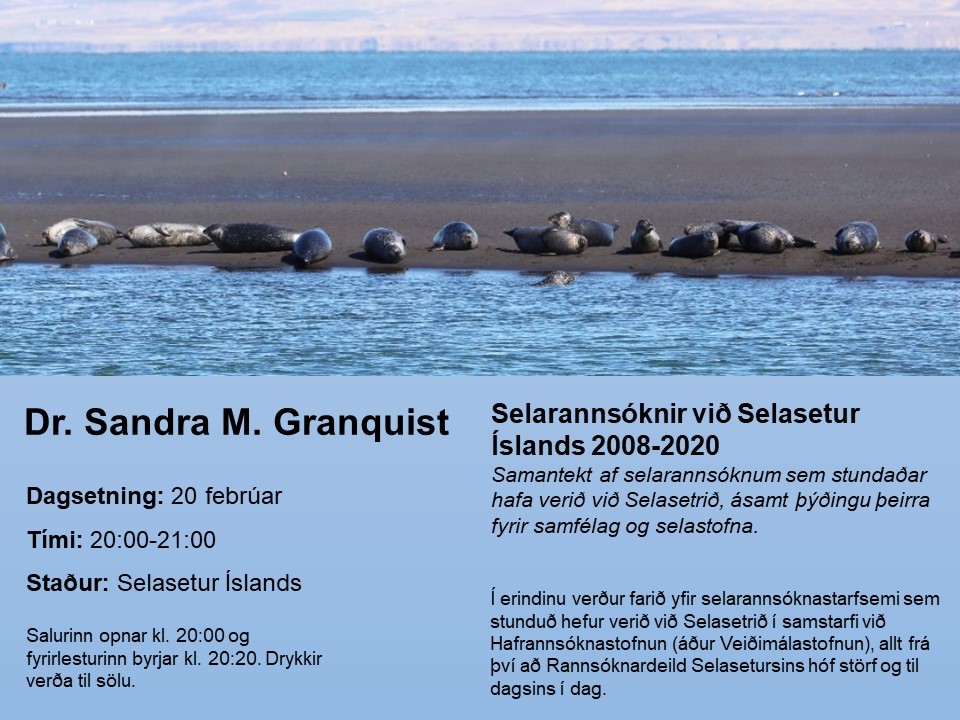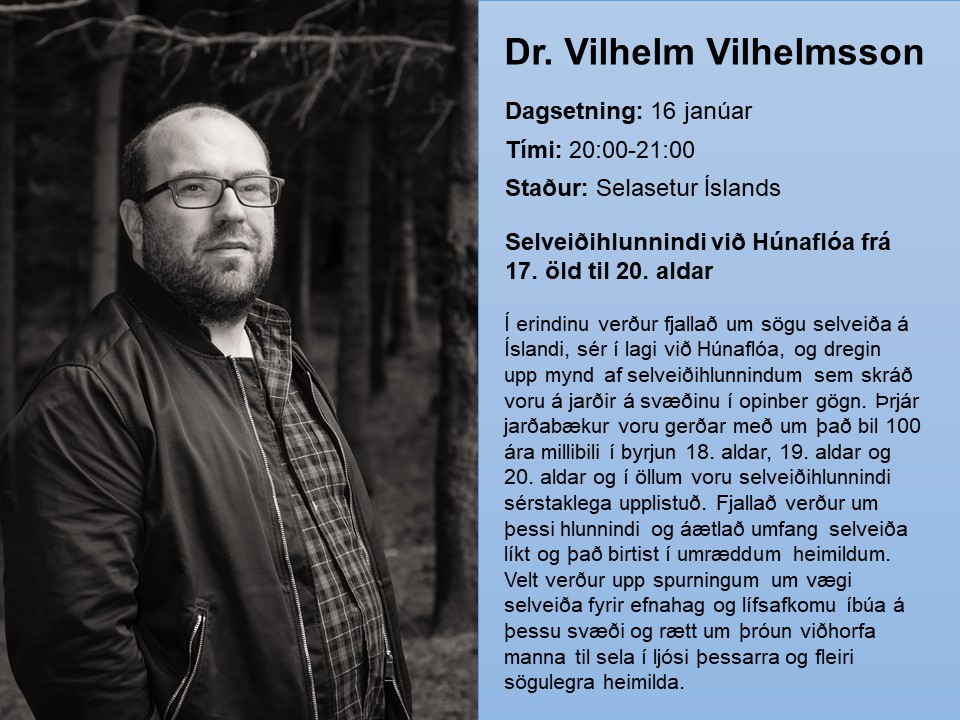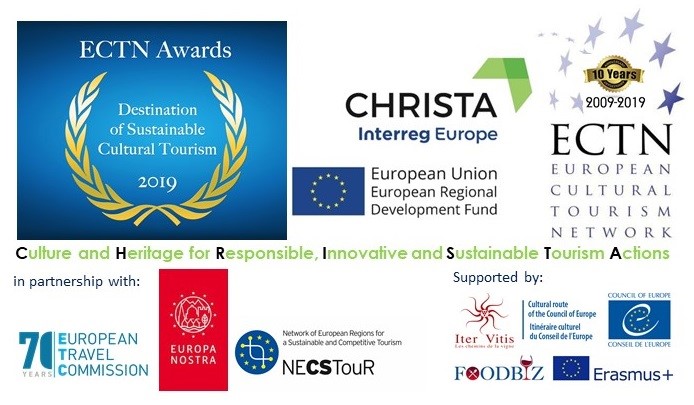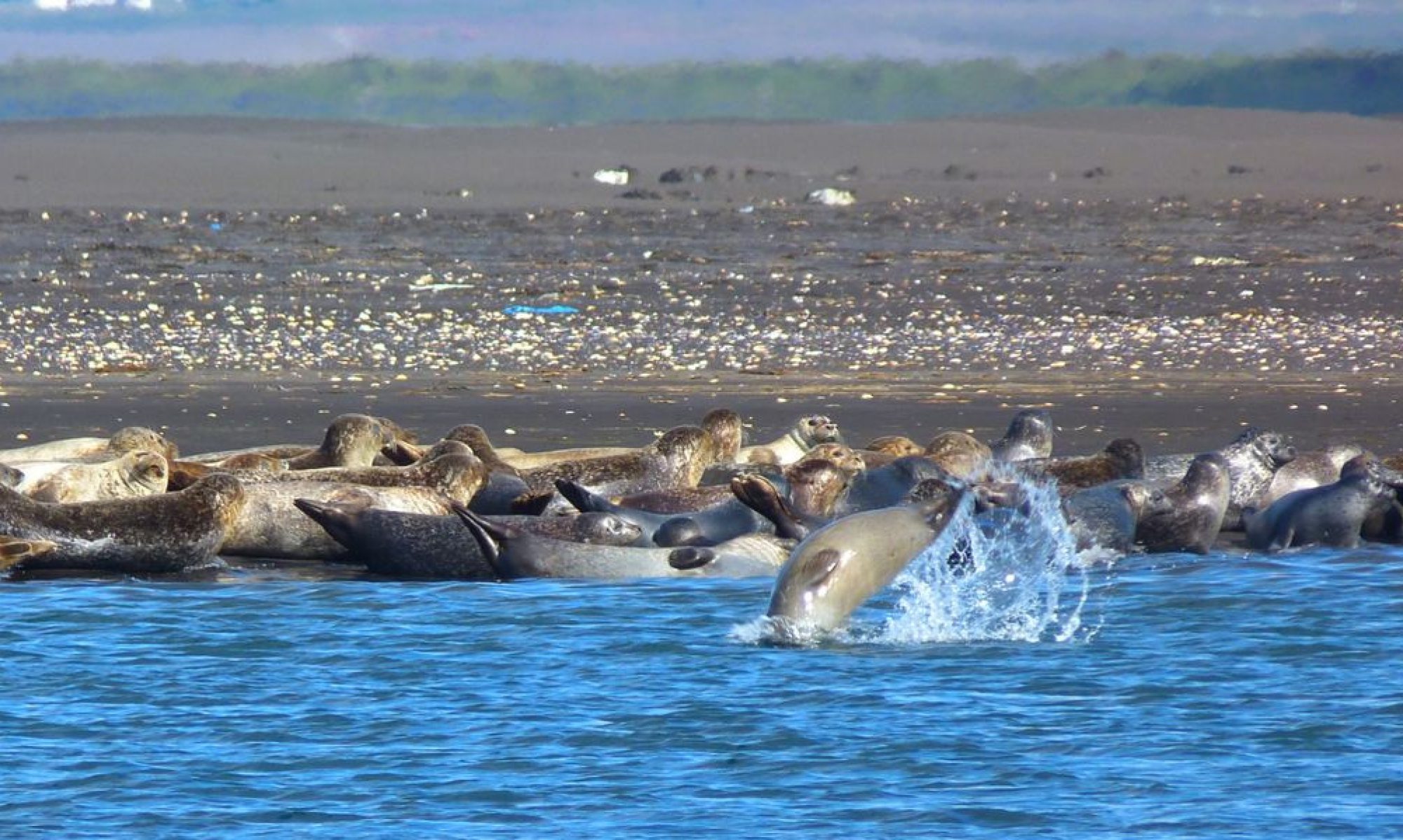A new scientific paper titled “Fluorine Mass Balance and Suspect Screening in Marine Mammals from the Northern Hemisphere” was recently published in the scientific journal Environmental Science and Technology. The project is an international cooperation between several research institutions and one of the 14 authors of the paper is Sandra M. Granquist, who is head of our Seal Research department and a specialist at the Marine and Freshwater Research Institute. You can find the paper here:
Open lecture

Admission is free and open to anyone interested.
Open lecture

On January 16 in the Seal Center, Dr. Vilhelm Vilhelmsson will be presenting a talk about the importance of seal hunting in the region of Húnaflói from the 17th century to 20th century. The presentation will be in Icelandic.
Entertaining education

Einar Þórleifsson, a member of the Seal Center staff, will hold a presentation about the birds found in Icelandic gardens, including information about what plants can attract various birds, what and how to feed the birds, and what kinds of bird houses work well.
Sustainable Cultural Tourism Award Nomination

The Icelandic Seal Center is very excited to announce our selection as a candidate for the ‘Destination of Sustainable Cultural Tourism’ Awards 2019. The winners and runners up will be announced at the European Cultural Tourism Network (ECTN) Awards ceremony to take place in Granada, Spain, on 24 October 2019. The Awards ceremony will be held during the annual ECTN Conference 2019 that will take place on 24-26 October 2019 at Museo Memoria de Andalucía, Granada, Spain.
The Icelandic Seal Center (ISC) is an example of a community-academic partnership. Established in 2005 as a community-owned non-profit the ISC is a local initiative aimed at developing sustainable and responsible tourism for Húnaþing vestra, and it continues to help in regional development with wildlife tourism as a focus. Academic partnerships with the ISC include Hólar University, The Marine and Freshwater Research Institute, and Náttúrustofa Norðurlands vestra. Seal Travel, which is a non-profit tourism agency owned by the ISC helps to establish networks of tourism businesses in Húnaþing vestra and other regional partnerships for tourism development. The ISC has an integral role in nurturing the local identity and distinctiveness of a community, strengthening sustainable rural tourism development, and empowering people at the local level to develop policies for the protection of natural and cultural resources.

